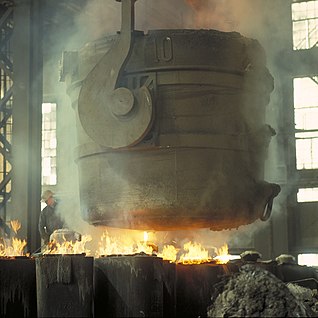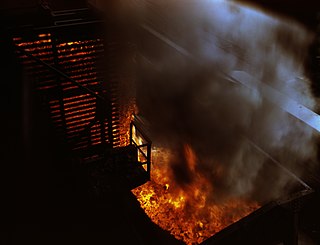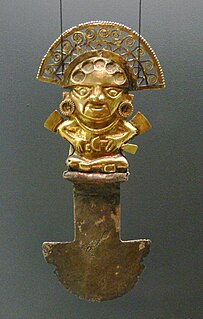This article may be in need of reorganization to comply with Wikipedia's layout guidelines .(July 2018) (Learn how and when to remove this template message) |

Definition:
Metallurgist also known as metallurgical engineers or material science engineers is a material scientist or technician who specializes in metals. A metallurgist has knowledge of metallurgy but applies that knowledge to products and process to create something new and better. Metallurgist work with different metals as well as alloys; metals that are mixed with each other or other elements to create materials with specific desirable properties. Metallurgists may test items or do failure analysis to research the material, and choose the best one for each specific product or process.

Metallurgy is a domain of materials science and engineering that studies the physical and chemical behavior of metallic elements, their inter-metallic compounds, and their mixtures, which are called alloys. Metallurgy is used to separate metals from their ore. Metallurgy is also the technology of metals: the way in which science is applied to the production of metals, and the engineering of metal components for usage in products for consumers and manufacturers. The production of metals involves the processing of ores to extract the metal they contain, and the mixture of metals, sometimes with other elements, to produce alloys. Metallurgy is distinguished from the craft of metalworking, although metalworking relies on metallurgy, as medicine relies on medical science, for technical advancement. The science of metallurgy is subdivided into chemical metallurgy and physical metallurgy.
Failure analysis is the process of collecting and analyzing data to determine the cause of a failure, often with the goal of determining corrective actions or liability. According to Bloch and Geitner, machinery failures reveal a reaction chain of cause and effect… usually a deficiency commonly referred to as the symptom…”. failure analysis can save money, lives, and resources if done correctly and acted upon. It is an important discipline in many branches of manufacturing industry, such as the electronics industry, where it is a vital tool used in the development of new products and for the improvement of existing products. The failure analysis process relies on collecting failed components for subsequent examination of the cause or causes of failure using a wide array of methods, especially microscopy and spectroscopy. Nondestructive testing (NDT) methods are valuable because the failed products are unaffected by analysis, so inspection sometimes starts using these methods.
Other Metallurgist:
[1] "Chemical metallurgists- test ores to determine the recoverability of metals from them, and design processes to recover them efficiently. They also monitor metal corrosion and fatigue, and develop ways to strengthen metals. They may also test metals to ensure they're of acceptable quality.
Physical metallurgists- monitor the behavior of metals under stress, and write reports on test results. They also investigate accidents potentially caused by metallurgical failure.
Process metallurgists- design metal parts and control the processes through which they're shaped, such as casting. They also weld and solder metal parts together.
Metallurgists interested in the environment can help design cleaner, less wasteful processes that produce less slag to be land-filled. They can also help optimize product designs so that they're lighter, requiring fewer resources to produce and less fuel to transport."
Job Expectations:
[2] Once one begins this career, he/she will work with customers to figure out what best material and process to use for their product. While doing this you will have keep record of all the test and research you have to done to provide the customer with the results. Once all of this is finalized you may have to follow these steps to provide the customer with more parts.
Salary Expectations:
[3] Metallurgist Engineer salary ranges from high $50,000 to mid $100,000. The median range for this job is around $90,000. According to U.S. Bureau of Labor Statistics, “the outlook for this field from present until 2026 is about 2%.”
Education:
[4] This field of study requires at least a bachelor's degree. Furthering your studies will allow for a broader choice of work in this field. If you decide you want to teach in this field you will need a master’s or doctoral degree. After finishing you’re schooling you will need to pass the Fundamentals of Engineering exam by the National Council of Examiners for Engineering and Surveying (NCEES) to be licensed.
Further Information:
You can find more information on this career/ study at the following websites.
https://www.allaboutcareers.com/careers/job-profile/metallurgist
https://study.com/directory/category/Engineering/Metallurgical_Engineering.html
https://www.bls.gov/ooh/architecture-and-engineering/materials-engineers.htm
https://www.environmentalscience.org/career/metallurgist











